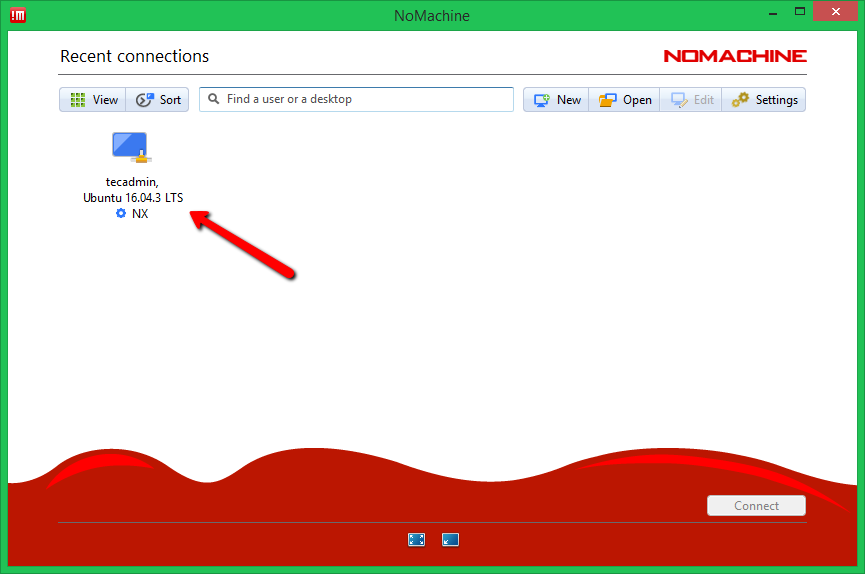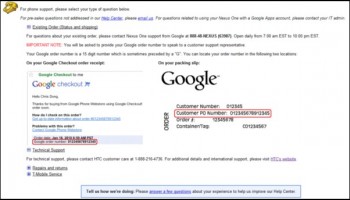

- #NOMACHINE ARCH LINUX ANDROID#
- #NOMACHINE ARCH LINUX SOFTWARE#
- #NOMACHINE ARCH LINUX PASSWORD#
- #NOMACHINE ARCH LINUX FREE#
$ ssh -L 4000:localhost:4000 targetmachine -fN If it is not preferred to open yet another port on the firewall, a workaround is to create a standard SSH tunnel between client and target computer and connect through it:

#NOMACHINE ARCH LINUX FREE#
The free edition of NoMachine does not allow to use the SSH protocol to connect to the target computer and only NX protocol (listening on port 4000 by default) is used. Once the user is logged in to the remote desktop environment, running setxkb cz ('cz' stands for the Czech keyboard as an example) should resolve the problem with key mappings.

in a text editor and copy it via clipboard to the NoMachine session.
#NOMACHINE ARCH LINUX PASSWORD#
A workaround is to type the user's password e.g. When NoMachine connects to the display manager on the target computer and the user tries to login as if sitting at the target computer, the user authentication may fail due to a different keymap. Problems with default keyboard in display manager To do so, edit the key PhysicalDisplays in /usr/NX/etc/node.cfg: DISPLAY :10 and it will ignore the existing X session on DISPLAY :0 (standard setup in Arch Linux) and start a new virtual session for the remotely connecting user. However, it is possible to setup NoMachine to check only for a particular DISPLAY, e.g. This may be unwanted, because no other user may use the target computer locally at the same moment and because any person with physical access to the target computer can see on the physical display, what the remotely connected user is doing. In default setup, the Free edition of NoMachine connects the client directly to an existing X session on the remote computer, even if it runs the X Display Manager only. Separate NoMachine X session in parallel with existing X session etc/pam.d/nx auth include system-remote-loginĬhange DefaultDesktopCommand in /usr/NX/etc/node.cfg and add the following in front of your starting command:Įnv DBUS_SESSION_BUS_ADDRESS=unix:path=/run/user/$(id -u)/busĭefaultDesktopCommand "env DBUS_SESSION_BUS_ADDRESS=unix:path=/run/user/$(id -u)/bus /usr/bin/startxfce4" The login credentials are the same as used for the user on the target computer.įor correct environment setup those changes are needed: It will search the LAN for available NoMachine servers or, if disabled or in a different subnet/WAN, you can type in the target hostname or IP address manually. On the client, start the "Player" (menu Internet > NoMachine > NoMachine. On the target computer, start/enable rvice via systemd, or via menu in your desktop: Internet > NoMachine > NoMachine Service, which does the same via a GUI and offers extra info and configuration. The rvice does not need to be enabled and started on computers which will be used only as the client, but it must run on the server.

If you have X2Go or FreeNX installed as well, do not get confused that some files use similar names (i.e. The post-install script also creates a new user nx. The files created by NoMachine Player are stored in: usr/local/share/applications/NoMachine*.desktop In particular, the majority of NoMachine files are kept within /usr/NX directory, but a few more are added: Note that the setup actually takes place by a post-installation script and therefore the list of files shown by command pacman -Ql nomachine is not complete! It includes both server and client tar balls.
#NOMACHINE ARCH LINUX ANDROID#
Clients exist for Linux, MS Windows, macOS, Android and iOS.
#NOMACHINE ARCH LINUX SOFTWARE#
Since NoMachine version 4, the software is proprietary and currently two editions are available: Free and Enterprise. TeamViewer), NoMachine does not require an intermediary server to establish the connection. Unlike some other remote desktop solutions (e.g. The major drawback of these is that they utilise a built-in X server of nxagent, which originates from the year 2005 and some current X applications cannot run due to unsupported features available only in newer versions of X libraries. There are derivatives based on core NX libraries like FreeNX and X2Go. Until version 3.x, NoMachine was known as NX and available under GPL. NoMachine enables you to access a graphical desktop of a computer over the network.


 0 kommentar(er)
0 kommentar(er)
